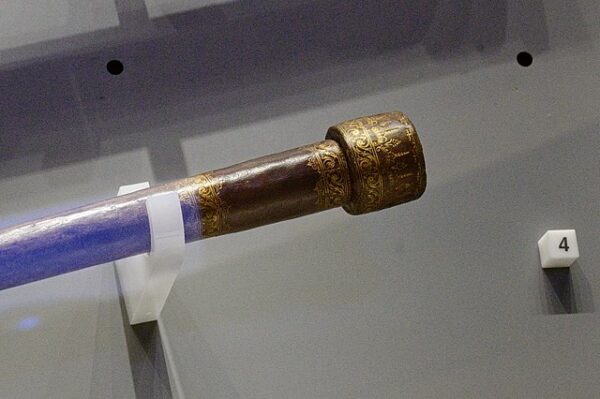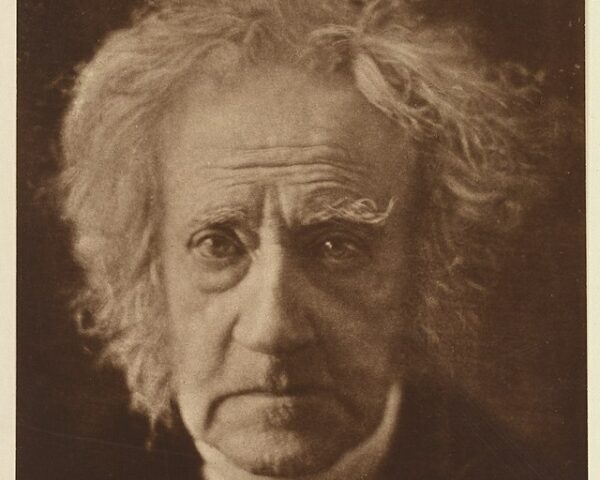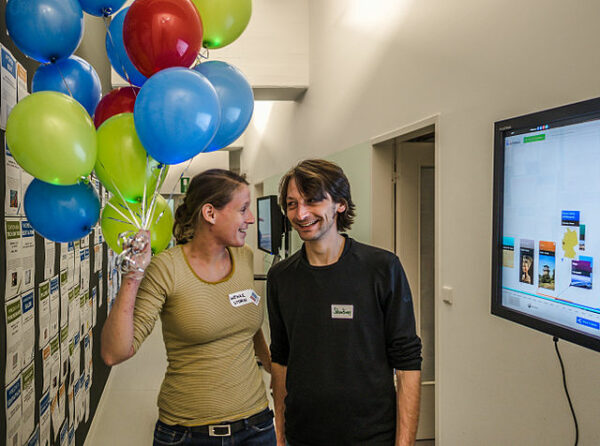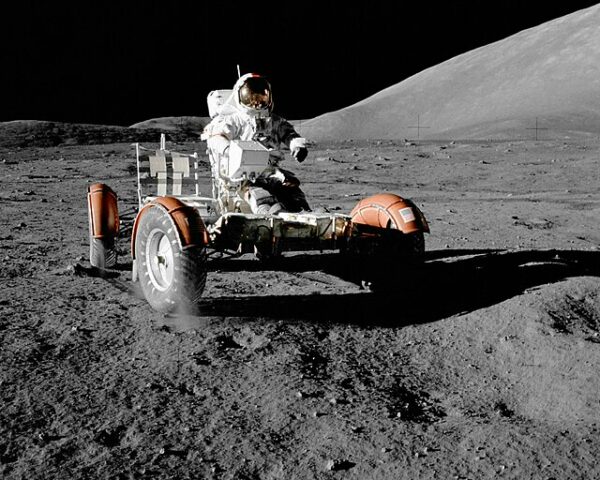On August 25, 1609, the Italian astronomer and philosopher Galilei Galileo debuted something to Venetian merchants that would make him both a legend and a heretic–his telescope.
The Guardian writes, “A refinement of models first devised in the Netherlands, Galileo’s slim, brown stick was puny even by the standards of something one might buy in a hobby shop today. But his eight-powered telescope, and the more powerful models he soon produced, when pointed skywards led Galileo to a series of groundbreaking conclusions.
The moon was not, as long believed, completely smooth. Another planet, Jupiter, also had moons. Meanwhile Venus showed a range of moon-like phases, something which could not happen if both it and the sun orbited the Earth.
This latter phenomenon had been predicted by Nicolaus Copernicus when, nearly a century before, he had proposed the notion of a planetary system with the sun at the centre, not the Earth.”
Through meticulous observations of the Milky Way, Galileo revealed countless distant stars that were previously invisible to the naked eye, igniting the imagination about the true extent of the cosmos.
As Galileo’s discoveries amassed, so did their implications. His advocacy of the heliocentric universe ruffled the ecclesiastical feathers. The Catholic Church, ensconced in its geocentric doctrine, took umbrage. What followed was a confluence of scientific inquiry and theological doctrine, culminating in the famous trial of 1633.
“On April 12, 1633, chief inquisitor Father Vincenzo Maculani da Firenzuola, appointed by Pope Urban VIII, begins the inquisition of physicist and astronomer Galileo Galilei. Galileo was ordered to turn himself in to the Holy Office to begin trial for holding the belief that the Earth revolves around the sun, which was deemed heretical by the Catholic Church. Standard practice demanded that the accused be imprisoned and secluded during the trial.
This was the second time that Galileo was in the hot seat for refusing to accept Church orthodoxy that the Earth was the immovable center of the universe: In 1616, he had been forbidden from holding or defending his beliefs. In the 1633 interrogation, Galileo denied that he “held” belief in the Copernican view but continued to write about the issue and evidence as a means of “discussion” rather than belief. The Church had decided the idea that the sun moved around the Earth was an absolute fact of scripture that could not be disputed, despite the fact that scientists had known for centuries that the Earth was not the center of the universe.
This time, Galileo’s technical argument didn’t win the day. On June 22, 1633, the Church handed down the following order: “We pronounce, judge, and declare, that you, the said Galileo… have rendered yourself vehemently suspected by this Holy Office of heresy, that is, of having believed and held the doctrine (which is false and contrary to the Holy and Divine Scriptures) that the sun is the center of the world, and that it does not move from east to west, and that the earth does move, and is not the center of the world.”
Along with the order came the following penalty: ‘We order that by a public edict the book of Dialogues of Galileo Galilei be prohibited, and We condemn thee to the prison of this Holy Office during Our will and pleasure; and as a salutary penance We enjoin on thee that for the space of three years thou shalt recite once a week the Seven Penitential Psalms,’” notes The History Channel.
The trial cast a long shadow, but even in adversity, Galileo’s legacy thrived. His telescopic observations laid bare the inadequacies of established cosmology. The marriage of empirical observation and mathematical inquiry became the new paradigm. Astronomers, emboldened by Galileo’s example, refined telescopic instruments, opening vistas to nebulae, galaxies, and cosmic phenomena unimagined.
Galileo’s trials made his telescope more than merely an optical instrument; it was a symbol of human curiosity and the relentless pursuit of knowledge. The profound implications of his observations sparked controversies with religious authorities of his time, leading to clashes between science and dogma. Nevertheless, Galileo’s work laid the foundation for modern astronomy and the scientific method itself, emphasizing the importance of empirical evidence and observation in understanding the natural world.
300 years after censuring him, the Church recognized its error and the astronomer was cleared of heresy.






